Darwin and Natural Selection
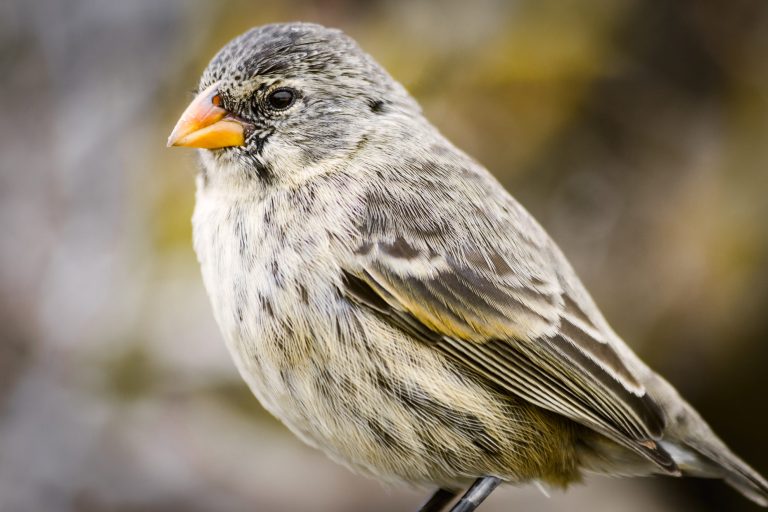
Galapagos or Darwin’s Finch (Geospizinae), Santa Cruz Island, Galapagos, Ecuador
Reviewed by: Mary Anne Clark, Ph.D.
In the 19th century, a man called Charles Darwin, a biologist from England, set off on the ship HMS Beagle to investigate species of the island.
After spending time on the islands, he soon developed a theory that would contradict the creation of man and imply that all species derived from common ancestors through a process called natural selection. Natural selection is considered to be the biggest factor resulting in the diversity of species and their genomes. The principles of Darwin’s work and his theory are stated below.
- One of the prime motives for all species is to reproduce and survive, passing on the genetic information of the species from generation to generation. When species do this they tend to produce more offspring than the environment can support.
- The lack of resources to nourish these individuals places pressure on the size of the species population, and the lack of resources means increased competition and as a consequence, some organisms will not survive.
- The organisms who die as a consequence of this competition were not totally random, Darwin found that those organisms more suited to their environment were more likely to survive.
- This resulted in the well-known phrase survival of the fittest, where the organisms most suited to their environment had more chance of survival if the species falls upon hard times. (This phrase is often associated with Darwin, though on closer inspection Herbert Spencer puts the phrase in a more accurate historical context.)
- Those organisms who are better suited to their environment exhibit desirable characteristics, which is a consequence of their genome being more suitable, to begin with.
This ‘weeding out’ of less suited organisms and the reward of survival to those better suited led Darwin to deduce that organisms had evolved over time, where the most desirable characteristics of a species are favored and those organisms who exhibit them survive to pass their genes on.
As a consequence of this, a changing environment would mean different characteristics would be favorable in a changing environment. Darwin believed that organisms had ‘evolved’ to suit their environments, and occupy an ecological niche where they would be best suited to their environment and therefore have the best chance of survival.
As the above indicates, those alleles of a species that are favored in the environment will become more frequent in the genomes of the species, due to the organisms higher likeliness of surviving as part of the species at large
The above indicated the theory of natural selection. The next tutorial gives some good examples of natural selection in action.
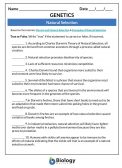 | NATURAL SELECTION – TRUE OR FALSE A true-or-false quiz to test the grasp of the underlying concepts and ideas on natural selection. Evaluate your student’s understanding of Charles Darwin’s theory and examples of natural selection. Subjects: Genetics & Evolution |
You will also like...

Water in Plants
The movement of molecules (specifically, water and solutes) is vital to the understanding of plant processes. This tuto..

Neural Control Mechanisms
Neurons generate electric signals that they pass along to the other neurons or target tissues. In this tutorial, you wil..
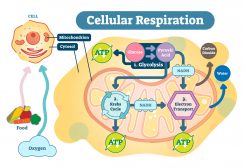
Cell Respiration
Cell respiration is the process of creating ATP. It is "respiration" because it utilizes oxygen. Know the different stag..
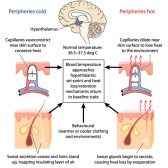
Temperature Regulation in Animals
This tutorial elucidates body temperature regulation. Know the details here to learn how the body sets the body temperat..
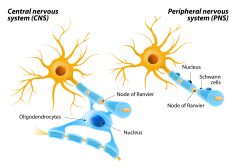
The Central Nervous System
Myelin sheath is essential for a faster conductivity of signals. Know more about this feature of some neurons in the Cen..
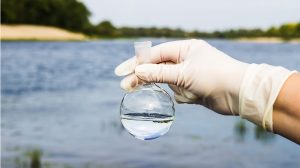
Freshwater Ecology
Freshwater ecology focuses on the relations of aquatic organisms to their freshwater habitats. There are two forms of co..
